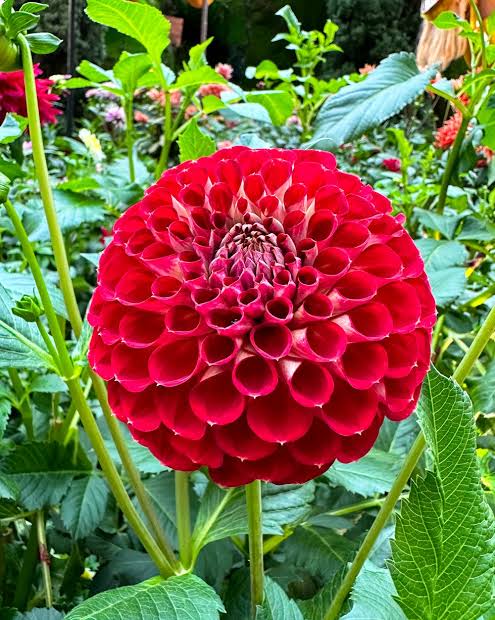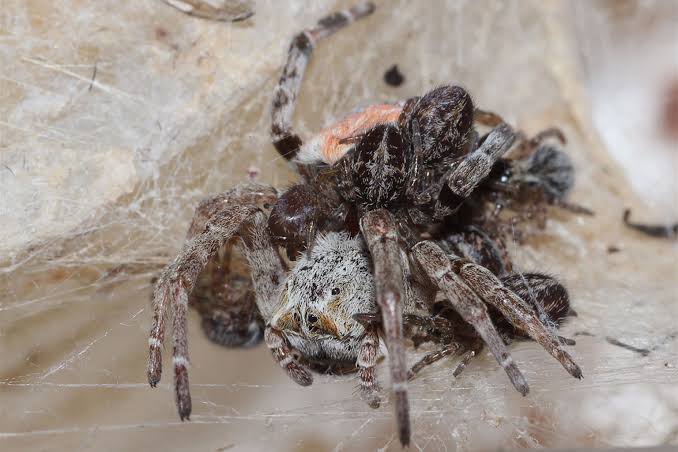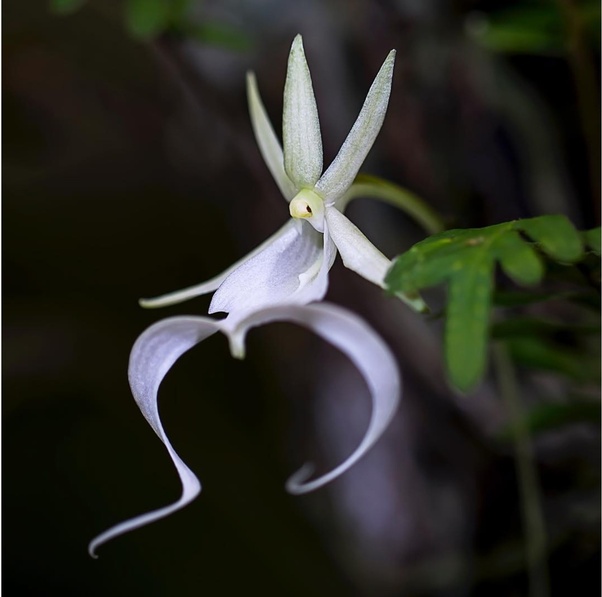Exploring the Intricate Growth Cycle of Lotus berthelotii: From Seed Germination to the Spectacular Bloom of the Parrot’s Beak Flower
Lotus berthelotii, commonly known as the Parrot’s Beak flower, is an exotic and visually captivating ornamental plant native to the Canary Islands. Renowned for its vividly colored, beak-shaped blooms and fine, silvery foliage, this species has fascinated botanists and horticulturists alike for its unique morphology and developmental process. The growth cycle begins with seed germination, which requires warm temperatures and a well-drained, sandy substrate. Once sprouted, the plant develops a trailing growth habit, producing fine, needle-like leaves that resemble pine needles. As it matures, under optimal conditions of sunlight and moderate watering, Lotus berthelotii transitions to its flowering phase, revealing its signature crimson or orange-red blooms shaped like a parrot’s beak a striking adaptation believed to have evolved for bird pollination.

This flowering stage represents the culmination of the plant’s development and is influenced by photoperiod, temperature, and nutrient availability. Understanding the entire life cycle of this rare species not only enhances ornamental cultivation practices but also contributes to conservation efforts, as Lotus berthelotii is considered endangered in its native habitat. Its cultivation in gardens and botanical settings serves both aesthetic and ecological purposes, highlighting the importance of preserving biodiversity while celebrating nature’s intricate design.














Leave a Reply